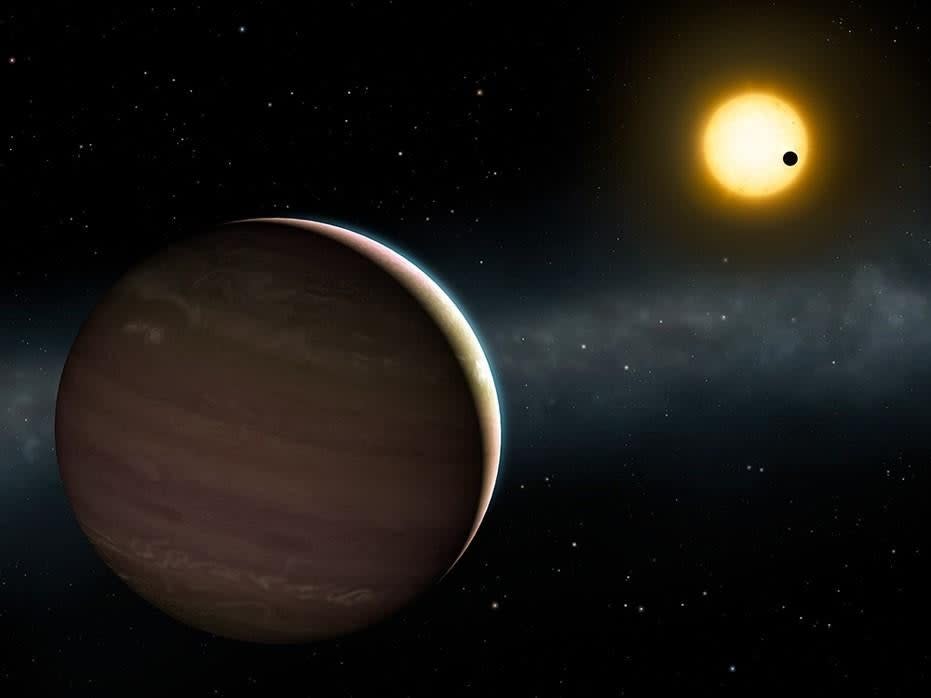Algorithm finds 50 hidden planets missed by human scientists

An artificial intelligence algorithm has discovered 50 new potential planets that were missed by humans.
It analysed data from telescope missions such as Nasa’s Kepler and TESS (Transiting Exoplanet Survey Satellite), which looks for signs of distant planets.
As well as being trained to recognise real planets, the algorithm could also detect false positives.
Once that was done, researchers from Warwick’s Departments of Physics and Computer Science, ran the algorithm against unconfirmed potential planets from Kepler data, finding the new worlds.
Previous machine learning tools have ranked planets’ likelihood of being planets, but have never been able to determine the probability that they are exoplanets, the scientists said.
The 50 planets range from the size of Neptune to smaller than the Earth. Some have orbits that last as long as 200 days on Earth, while others spin around their respective stars as quickly as once a day.
With the help of the algorithm, astronomers can now better prioritise which are worthy of further explanation.
Most data gathered from surveys of exoplanets – worlds outside the solar system – show the bodies passing between the telescope and the star they orbit.
This is called ‘transiting’, and results in a dip in light from the star that can be seen from Earth. However, discovering planets through the transiting method is not always definitive; sometimes the same effect can be caused by a binary star system, interference from another object, or telescope errors. Each of these variables result in false positives, which can be filtered out through using the new algorithm.
“In terms of planet validation, no-one has used a machine learning technique before. Machine learning has been used for ranking planetary candidates but never in a probabilistic framework, which is what you need to truly validate a planet”, said Dr David Armstrong, from the University of Warwick Department of Physics.
“Rather than saying which candidates are more likely to be planets, we can now say what the precise statistical likelihood is. Where there is less than a one percent chance of a candidate being a false positive, it is considered a validated planet” he continued.
Once an algorithm is built and trained, it can be completely automated. This makes it ideal for analysing thousands of candidates. Dr Armstrong said that the algorithm only mislabeled three out of 8,000 entries.
“We found a couple of apparent errors in the results, but these actually turned out to be errors in the previous labels,” he told The Register.
Read more
Asteroid heading towards Earth ‘has 0.41 per cent chance of hitting'
Extremely rare 'space butterfly' captured by ESO telescope
Satellites to be launched into space from Scotland
How Nasa astronauts' splashdown has changed spaceflight
Nasa to hunt for air leak on the International Space Station
Martian sky seen 'pulsing in ultraviolet light' by Nasa spacecraft

 Yahoo News
Yahoo News 
